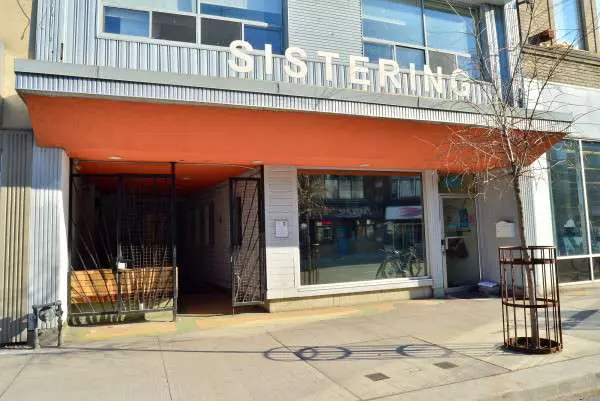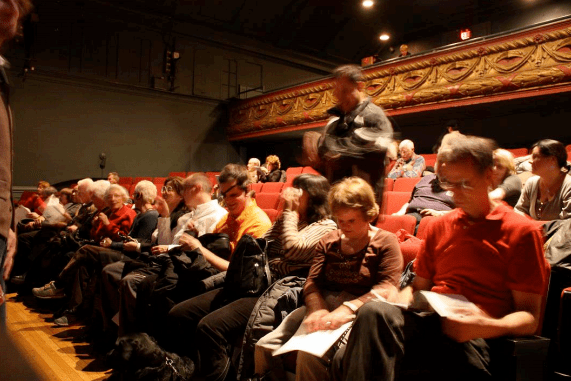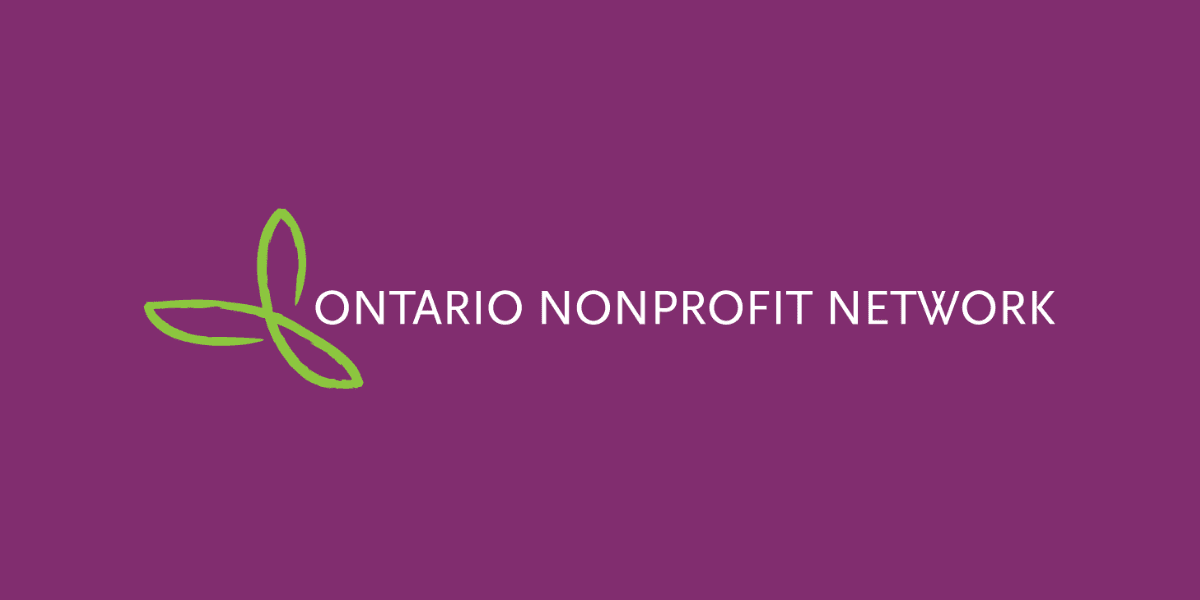
Blog
Why accessibility is fundamental to social inclusion: A case study with the Sistering community
By: Tina Shapiro, Drop In and Employment and Income Support Coordinator
Sistering is a 24/7 drop in for at-risk, socially isolated women (cis and trans) in Toronto who are homeless or precariously housed. For over 30 years, we have been serving this diverse community, which includes participants with disabilities. We embrace this diversity – it is an integral part of our very fabric. The following explores how a low-barrier, socially-inclusive approach can help nonprofits meet the varying needs of individuals.
A large number of the women with disabilities that we see have psychiatric disabilities. Seventy percent of our participants are mental health consumer/survivors or substance users. Many have experienced or are experiencing homelessness, and half have or are experiencing trauma. The experiences of past trauma affect our participants’ day-to-day living. We come from a trauma-informed practice model, meaning that all our services are designed to sensitively and proactively support women who have trauma issues.
Accessibility breaks down barriers and opens up opportunities
We offer low-barrier service provision – something that is a rarity in Toronto. We aim for greater access to our services by ensuring very little formal intake and extremely short service restrictions, working with behaviours that may be outside of social norms, being accessible to those with disabilities or substance use issues, and supporting trans women.
Sistering has two social purpose enterprises: Spun Studio, a textiles studio, and Inspirations Studio, a pottery studio. They offer women the opportunity to learn artisan and business skills, and make and sell their work. These two studios provide economic opportunity to women living in poverty (59 percent of people with mental or physical disabilities living in poverty are female), many of whom face barriers to traditional employment.
Social inclusion can help define organizational culture
“Respect” and “family” are two words that are strongly echoed in our participant feedback. This speaks to social inclusion at Sistering, where we provide a sense of belonging and of community – something participants may not experience fully with society-at-large. Coming from an empowerment perspective, we see community involvement as a key component to our work:
– We were involved with Mad Pride Toronto, a celebration of mad culture and mad identities.
– We extend social inclusion with our Harm Reduction Program, to include sex workers, substance users and those with the label concurrent disorders, with strong involvement by Harm Reduction Peer Workers.
Defining mad culture and mad identities:
“Mad” is a reclaimed political term, taking back negative language and stereotypes put on consumer/survivors. It can be an umbrella term for how people identify as people use all kinds of different language: consumer/survivor, psychiatric survivor, crazy, lunatic (also reclaimed political terms), by diagnosis, etc. There is a vibrant mad culture, which encompasses street culture, mad art, mad film, mad literature, mad comedy and more.
The core of Sistering is valuing and validating women whatever their circumstances, and this is reflected in our Anti-Oppression Policy:
“The principles of inclusion involve a clear recognition that society is not homogenous and diversity is enriching, not a problem. The policy recognizes that ideas and practices based on or modelled after norms of dominant culture or society can result in exclusion and discrimination for a number of people in society. Inclusion in an organization requires a strategic process to eliminate barriers and implement change that is based on accepting that many people do not have access to services, jobs and positions of leadership because of societal and systemic factors rather than because of personal deficiencies.”
Promoting social inclusion at the organizational and systems level is possible if you accept individuals for who they are and openly address complex issues. As one example of meeting various needs, we host 10-minute workshops to accommodate people’s short attention spans. In all workshops with staff and participants, we openly address issues of “sanism” as discrimination against consumer/survivors, and stigma.
These elements of social inclusion – being deliberate in organizational policies, being present in our communities, and accommodating needs are reflected in the feedback we’ve received. In the soon-to-be published, Your Voice Matters – The Sistering Satisfaction Survey Report, participants shared:
– “The people there are like family. They are love. They are respect. They are my sisters!”
– “Sistering is woman family. It’s like my home.”
– “Sistering is a great support system for society, especially mental health. We are treated with respect, and we are let to know that we can turn for help with their various services”.
– “Family Community Friendly”.
– “At Sistering- all women are special and have value.”
– “I get respect and warm treatment and heard.” [/alert]
Eliminating barriers involves individual and systems advocacy
Individual advocacy is different with each woman at Sistering. One staff member advises that you extend yourself to understand how an individual is affected by broader issues and trends. With housing, our Community Support Team works to get women to spaces that work for them in terms of accessibility – this can include, for example, landlords who understand about mental health, addiction and human rights issues.
We understand that resolving these individual issues is reliant on advocacy at a systems level. Sistering attends rallies; signs petitions; works with the former Psychiatric Disabilities Against Violence Coalition; and supports a soon-to-be resumed social action group, which hosts lively talks on mad activism and rights for consumer/survivors. The Harm Reduction Peers plan events and speak on rights issues.
Here are a few accessibility and inclusion tips and tricks for nonprofits from our Sistering staff:
- Educate yourself on rights for people with disabilities and psychiatric disabilities, and be a strong ally and advocate.
- Meet people where they’re at. Try to understand where they are coming from and don’t make assumptions. Ask: “What do you want?” or “How can I/we help?”
- Be mindful that what works with one person might not work with another. Use experience, understanding, and empathy.
- Recognize that everyone has good and bad days and moments.
Karin, a participant and Harm Reduction Peer Worker, spoke about social inclusion at Sistering. She has been part of Sistering for 15 years. As a consumer/survivor with addiction issues, Karin found she “evened out” when she was introduced to Sistering. She wasn’t “unbalanced.” She “merged” into Sistering. She finds she can come to some staff without being judged. She loves giving back to her community as a Harm Reduction Peer Worker.
A lot of the real social inclusion at Sistering happens amongst the women in our community. Said one participant, “Sisters empowering other Sisters!”
For further information on Sistering, please visit our website at http://www.sistering.org/
This Blog post was written as a case study for the EnAbling Nonprofits Ontario, an EnAbling Change project with the Government of Ontario.






